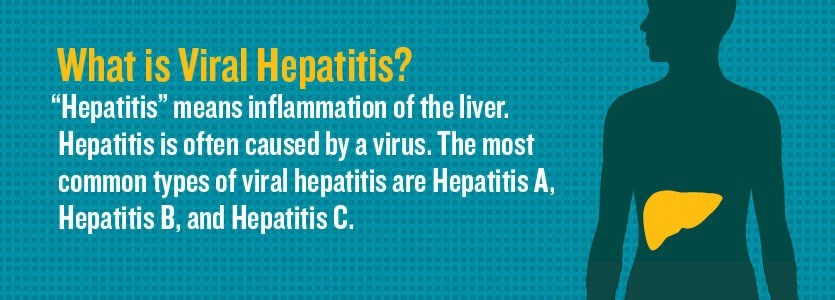
Individuals linked to illicit drug use, living homeless
SNOHOMISH COUNTY, Wash. – The Snohomish Health District has confirmed four cases of hepatitis A in Snohomish County residents.
All four have been living homeless in the Marysville and Tulalip areas, as well as being linked to drug injection use and/or inhaling meth. The individuals were hospitalized for treatment, one of whom has already been released.
RESOURCE: Hepatitis A – Health Warning for People Living Homeless
The exact source of the infection is still unknown, which indicates that there may be other unrecognized cases of hepatitis A in the community. The Health District is working to provide information and sanitation guidelines to local providers, emergency departments, jails, shelters, the syringe exchange and other groups that are frequently in contact with people living homeless.
It is unknown whether these cases are related to the statewide hepatitis A outbreak declared in July 2019.
WHAT IS HEPATITIS A?
Hepatitis A is a very contagious liver infection caused by the hepatitis A virus. It can be a mild or severe illness, lasting from a few weeks to several months.
Hepatitis A is usually spread person-to-person when someone unknowingly consumes stool (poop) of someone with hepatitis A. This can be from touching objects or consuming food or water contaminated with the virus. It can also be spread from close, personal contact with an infected person; this includes caring for an infected person or using drugs with others.
Anyone with symptoms consistent with hepatitis A should seek medical attention promptly. Symptoms usually appear two to seven weeks after infection and can include:
- Yellow skin or eyes (jaundice)
- Dark urine and/or pale stools
- Loss of appetite
- Fever, diarrhea
- Fatigue
- Vomiting
- Joint pain
- Abdominal pain
HOW TO PREVENT HEPATITIS A
The best prevention is getting vaccinated with two doses of the hepatitis A vaccine. The vaccine is safe and nearly 100 percent effective with two doses, given six months apart.
Vaccination is recommended for all children starting at 1 year of age, for travelers to certain countries, and for people at high risk for infection with the virus (see list below).
Contact your local healthcare provider or use the Vaccine Finder to locate hepatitis A vaccination services near you.
People who are at highest risk for getting hepatitis A are:
- People who are living with or caring for a person who already has hepatitis A
- People who have sex with people with hepatitis A
- People living homeless, especially those living unsheltered without good access to sanitation, hygiene and handwashing facilities
- Men who have sex with men
- Illicit drug users (does not have to be injection drugs)
- People with clotting disorders like hemophilia
- International travelers
- People with chronic liver disease, including hepatitis B and hepatitis C are at increased risk for severe infections.
Other ways to prevent hepatitis A is to practice good hand hygiene – including thoroughly washing hands after using the bathroom, changing diapers, and before preparing or eating food.
People in high-risk groups should also avoid sharing food, drinks, drug paraphernalia, and other personal items.


